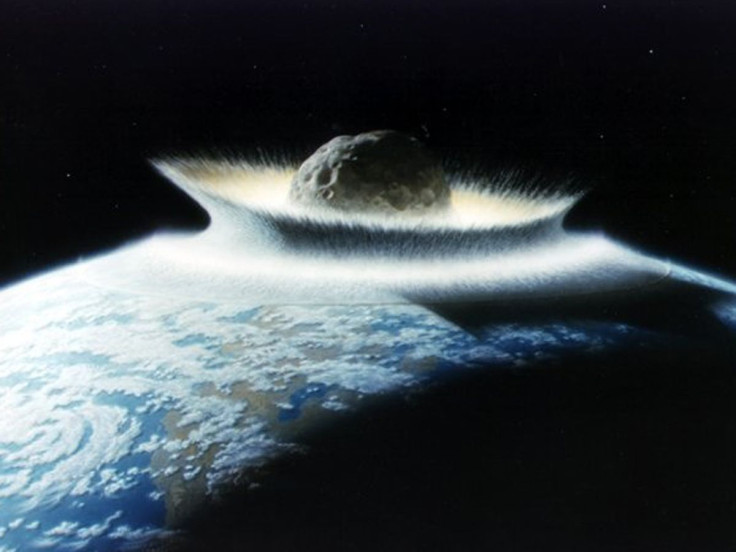NASA Detects Killer Asteroid That Could Wipe Out Life On Earth By 2027

NASA has detected a massive asteroid that could cause a major impact event on Earth within the next decade. According to the agency, the asteroid is bigger than Mount Everest.
The Center for Near Earth Object Studies (CNEOS), which is NASA’s asteroid-tracking department, identified the approaching space rock as 4953 (1990 MU). As indicated in the department’s database, the asteroid is currently traveling at an impressive speed of 53,283 miles per hour.
CNEOS estimated that the asteroid has a diameter of 29,500 feet or about 6 miles. Aside from dwarfing Mount Everest, which is the tallest mountain in the world, 4953 (1990 MU) is also longer than the entire Las Vegas Strip.
Given the asteroid’s massive size, it is certainly big enough to trigger a wide-scale global event that could wipe out more than half of all life on Earth. Much like how a massive space rock wiped out dinosuars from the face of the Earth.
Although the asteroid will fly past Earth on numerous occasions within the next couple of years, it will make its closest approach to the planet on June 6, 2027, at 6:43 pm EDT. According to CNEOS, the asteroid will only be about 0.03083 astronomical units or roughly 2.9 million miles from Earth’s center during this time.
Despite approaching from a relatively safe distance, Earth is still in danger of suffering an impact event caused by 4953 (1990 MU) due to certain factors in space. If the asteroid’s path gets altered, it could end up on a direct collision course with the planet.
One of the factors that could affect the asteroid is a gravitational keyhole. This is a specific area in space that’s heavily affected by the gravitational pull of a nearby planet. If 4953 (1990 MU) goes through a keyhole as it travels across space, it could get nudged into a path that will bring it straight to Earth.
Another factor that can alter an asteroid’s path is the Yarkovsky effect. According to scientists, this phenomenon occurs when heat from an internal or external force affects the spin of an asteroid, which would then alter its trajectory. This could happen through heat emissions from the asteroid’s surface or from direct sunlight.
© Copyright IBTimes 2024. All rights reserved.





















